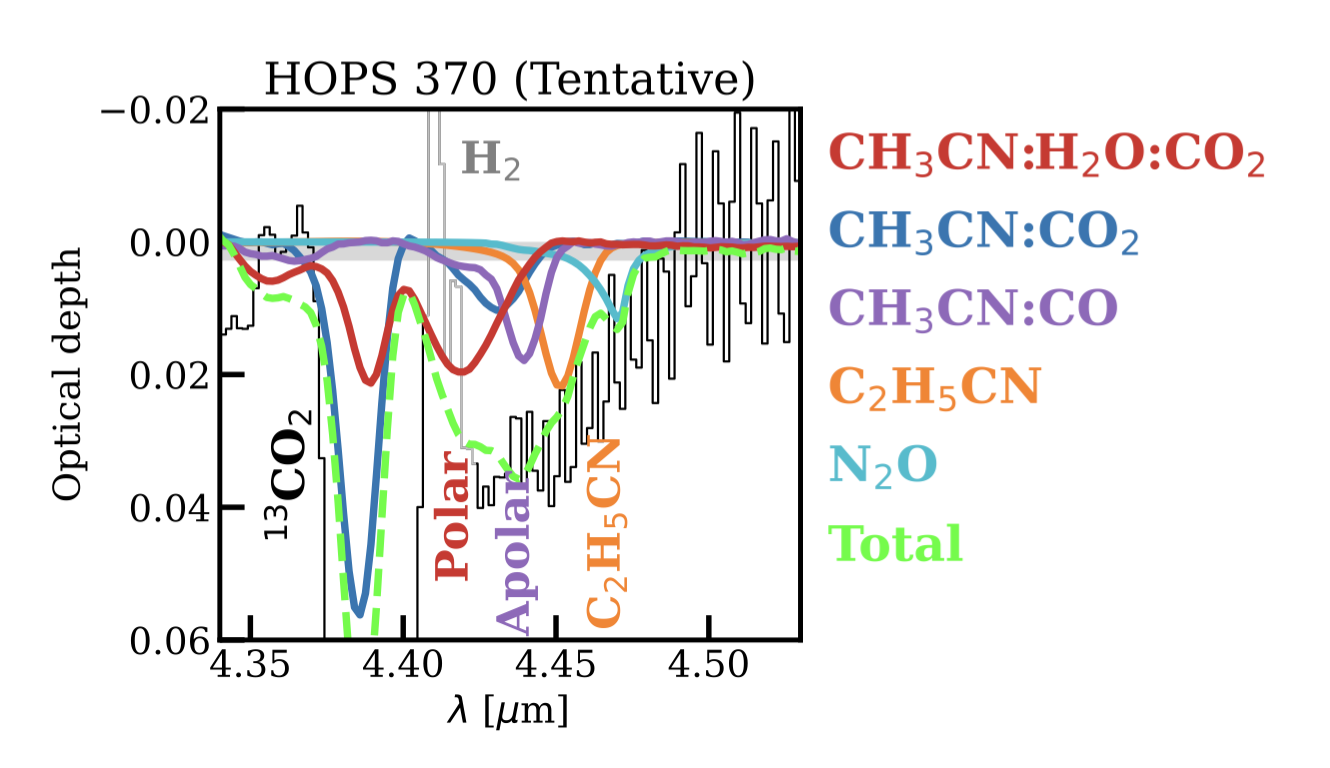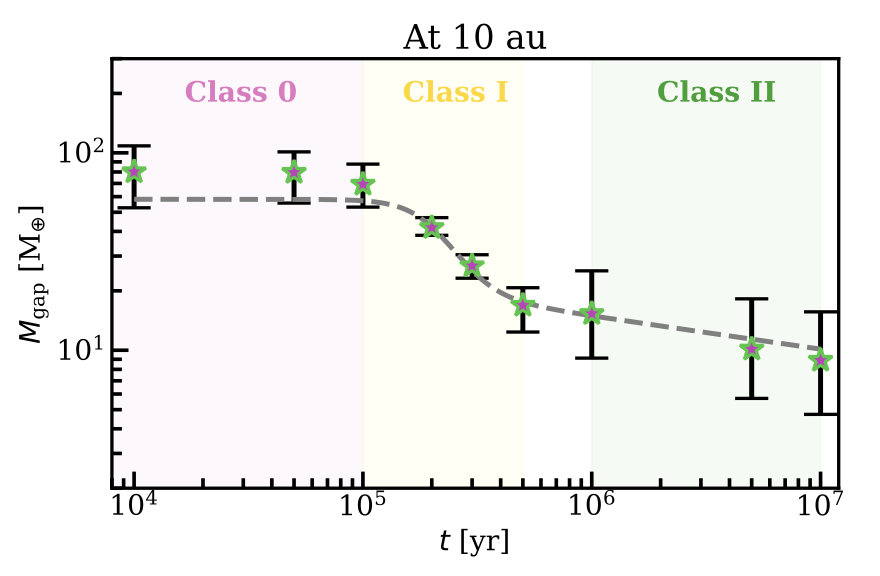
About
Hello and welcome to my website! I am currently an ESO and IAU Gruber Fellow in Garching, Germany. I did my undergraduate studies at St Andrews, UK. Then I did my MPhil in astrophysics at Cambridge, UK with Prof. Cathie Clarke before moving to Leiden Observatory, NL for my PhD with Prof. Ewine van Dishoeck.

Research
I am interested in star and planet formation. I am particularly interested in anything related to the earliest phases of star formation (i.e., Class 0 and I) when planet formation begins. My works span a range of topics from complex chemistry to physical structures of the disk, disk wind, envelope, jet, and outflow.
Observations
My observational studies focus on using ALMA and JWST to constrain the gas and ice composition around protostars. One of my recent works considered observations of complex cyanides in ices with JWST-NIRSpec. We tentatively detected methyl cyanide, ethyl cyanide, and nitrous oxide for the first time in interstellar ices around three protostars (see publications).

Modelling
I have worked on several modelling projects (see publications). Here I show a graph of gap-opening planet mass as a function of time, calculated through measurement of the mid-plane temperatures of Class 0, I, and II disks using radiative transfer. In this work, we concluded that if planets as massive as 50 Earth masses existed in the earliest stages of star formation, they would barely open a gap in the dusty disk. Thus, one explanation for the low detection rate of substructures in early disks compared with mature ones could be the higher temperatures of the early disks.
